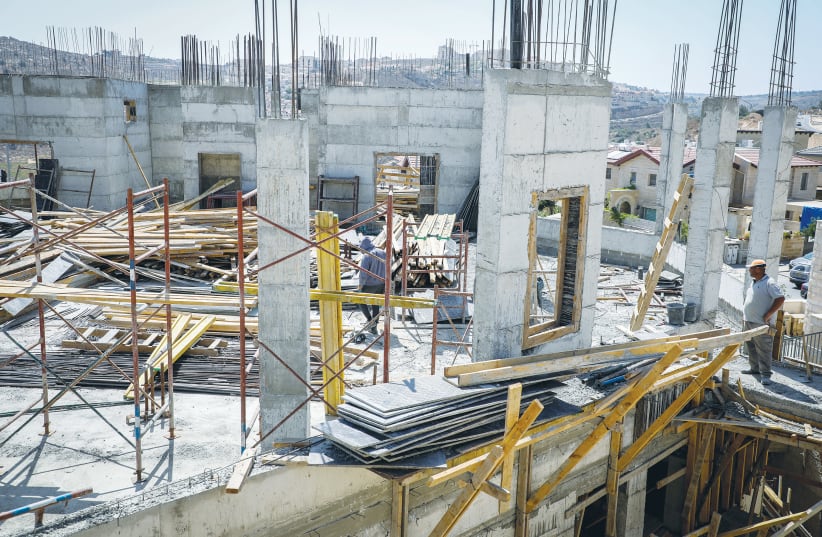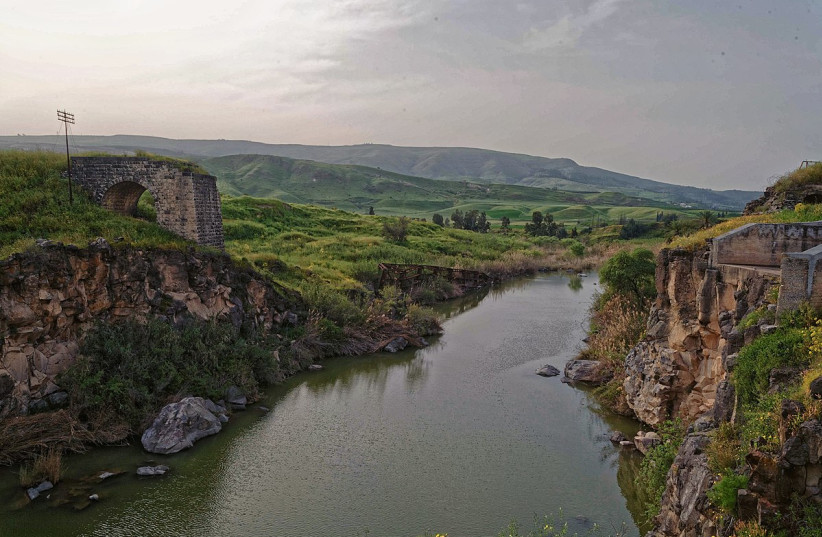The Jordanian government announced its plan last week to build a new city to help boost the economy and address overcrowding. The proposal for the city, which is meant to be located roughly between the capital Amman and Zarqa, the second-most populous city in Jordan, has been panned by urban planning experts, who say that the government is ignoring their concerns.
Hopes for the expansion
Jordan intends for the proposed city, which has no name yet, to become a key driver in the Jordanian economy. The new city is meant to attract investment, create job opportunities, and help address the kingdom’s population growth. Jordan currently has around 11 million residents and is facing overcrowding in its two most populous cities.
In a meeting with King Abdullah II at Al Husseiniya Palace, Prime Minister Bisher Al-Khasawneh announced that studies and planning would be completed within two years and that implementation would begin in 2025. When completed, the city is expected to house up to a million people.
The state plans to allocate 442 million Jordanian dinars (about $623 million) from the state budget for the new city’s infrastructure over the course of 10 years. The city will be built on state-owned land, a tactic that is intended to ease the decision-making processes around the development.
Criticisms of the project
Experts believe the plans for the new city are untenable and have urged the government to reconsider the project’s launch. Dr. Murad Kalaldeh, an architect, president of the Jordanian Planning Forum, and lecturer at Al-Balqaʼ Applied University, told The Media Line, “We have great concerns about whether this vision of the government is the right one or not. We think that there are a lot of challenges that might injure the whole idea,” he said.
Almost all the members of the Jordanian Planning Forum, an association of urban planners and engineers, are against the project. “We made several meetings, and we issued a public statement saying that the government should reconsider the whole idea and think of other locations that might go along with the original planning strategies which are based on decentralization,” Kalaldeh said.
Kalaldeh believes that creating a new city in the proposed location will increase overcrowding instead of relieving it. “Almost 70% of the population is already located in Amman and Zarqa, and if this city will be constructed in between these two cities, the agglomeration in the area will increase,” he said, referring to the process in which human settlements become increasingly dense.
People living in other areas of the country will be invited to relocate to this zone, which will hurt the country’s economy overall, Kalaldeh said.
In other areas of the country, he explained, “people are involved in what we call land-based activities, such as mining, tourism, and agriculture. You need people living there to foster these economic activities.”
“That is why bringing all the people to one spot, which already has almost 70% of the population, will have a negative impact on the economy,” he added.
According to urban planner Montaser Hiyari, there are other places in Jordan that urgently need improvement. He believes that the government should invest in those places first.
Ninety-three percent of Jordanian residents live in the northern half of the country and only 7% live in the country’s south, Hiyari noted. He suggested that government investments could be better used to develop the south, which is facing high rates of poverty and unemployment.
“I don’t agree on the location unless there are other factors in consideration that are not published or publicized by the government,” Hiyari told The Media Line. The decision to locate the new city in the north “[underscores] the efforts to improve the northern part of Jordan and keep the southern part with its existing suffering,” he said.
According to Kalaldeh, the budget allocated for the project is also insufficient. Only 50 million Jordanian dinars (about $70 million) of public funds will be invested in the new city annually for 10 years. “It is nothing for the expected cost of such a huge project,” Kalaldeh said, adding that the relative lack of state investment is the reason that the government is calling for public-private partnerships and inviting developers to invest in this city.
“The financial model is not there. We expected to have some kind of financial model before getting involved with detailed design,” Kalaldeh noted, adding that an environmental impact assessment has also not been made.
Hiyari agrees that half a billion dinars are not enough for this concept. He adds that the project is still in its early stages and that there are no specific designs for features of the city such as transportation or infrastructure. “Each concept or each idea will cost hundreds and hundreds of millions,” he said.
Kalaldeh added that the city’s location is not optimal to attract the people of Amman to move in. Compared to the hilly terrain of Amman, the topography of the proposed new city is almost flat and lacks visual diversity.
The government intends to move some of its offices to the new city to encourage Jordanians to relocate their homes there, but Kalaldeh is skeptical that such a plan will be effective.
“The government thinks that the core of the city can be composed of some of the governmental ministries. But the attractiveness should be based on other issues,” Kalaldeh said. Most governments in the Arab world are based in attractive locations, such as cities that sit on a coastal shore or river, he said, citing Cairo, Baghdad, and Beirut as examples. In this case, the government chose an area that is almost entirely desert, he noted.
“That’s why we believe that this assumption made by the government is a weak one and it is not enough to attract people,” he said.
The timing is also not optimal, Hiyari noted, given the many problems that Jordan is currently facing. “I don’t think this is the right time to initiate such an idea because there are many other priorities that can be covered with the same effort and cost of this new city,” he said.
According to Kalaldeh, he and other urban planners have tried warning the government, but to no avail. “We try our best, but the government insists on ignoring the opinions of experts,” he said.
The government has seen similar projects fail before, Kalaldeh said, citing a planned city called Al-Sharq, in which the late Saudi King Abdullah bin Abdulaziz invested 1 billion dinars. “This city was supposed to host about half a million inhabitants, and after 15 years it is almost empty and the infrastructure is not finished,” he said. Today, only 37,000 people live in Al-Sharq.

